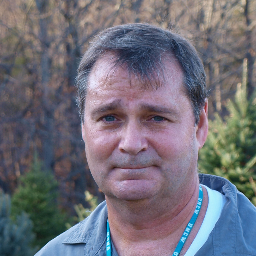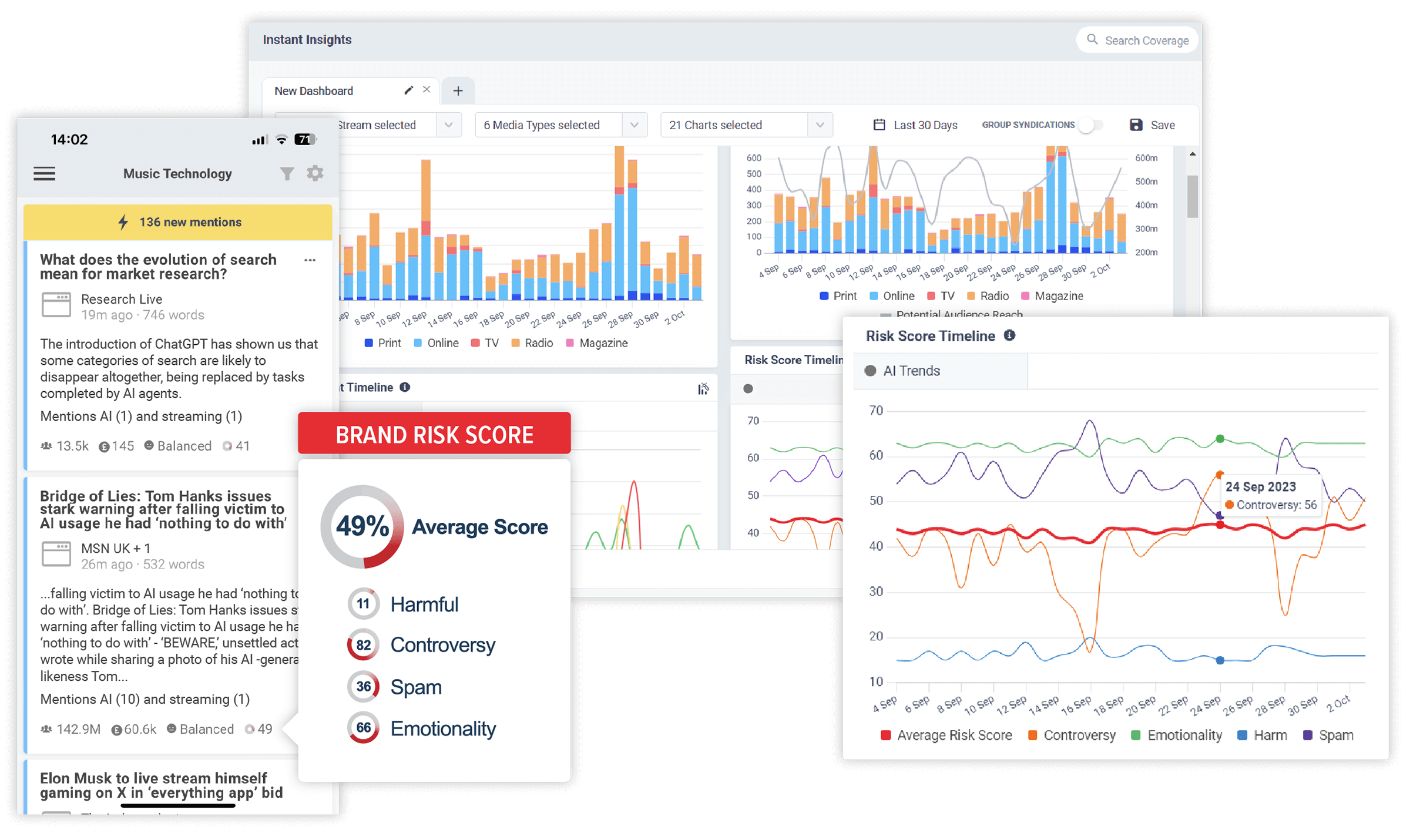About
Bio
Established in 1995 and published for those working in the speech recognition industry. Editorial focuses on productivity, advancements, the future of the industry and other areas such as research and development, software and hardware advances, VoiceXML, speech deployments including text to speech, automatic speech recognition and biometrics (security-related). Covers the development, application and integration of speech recognition technology for business and consumer applications. Provides features and articles that cover emerging technology, new products and industry leader profiles. Sections include: Features; News and Views; Technology Trends; Speech Business; The Human Factor; The View from AVIOS; Using Speech; Voice Ideas and New Products.
Less than 20 percent of the material that appears in Speech Technology magazine is freelance-written, and they typically only work with experienced journalists familiar with their market or expert contributors. Speech Technology magazine does not generally pay for articles by outside contributors. As a general rule, they do not accept vendor-submitted articles for publication inside the magazine. They will, however, accept vendor-supplied, by-lined articles for the "Sounding Board" section of the Web site, and also welcome vendor comments to any stories, blog postings, or other content that appears inside the magazine or other properties.
Email
email@cision.one
Website
site@cision.one
Social media




Location
United States of America
Frequency
upgrade
Circulation
upgrade
Sectors
Computer Hardware, Software, Technology, Voicemail & Voice Systems
Bio
Established in 1995 and published for those working in the speech recognition industry. Editorial focuses on productivity, advancements, the future of the industry and other areas such as research and development, software and hardware advances, VoiceXML, speech deployments including text to speech, automatic speech recognition and biometrics (security-related). Covers the development, application and integration of speech recognition technology for business and consumer applications. Provides features and articles that cover emerging technology, new products and industry leader profiles. Sections include: Features; News and Views; Technology Trends; Speech Business; The Human Factor; The View from AVIOS; Using Speech; Voice Ideas and New Products. Less than 20 percent of the material that appears in Speech Technology magazine is freelance-written, and they typically only work with experienced journalists familiar with their market or expert contributors. Speech Technology magazine does not generally pay for articles by outside contributors. As a general rule, they do not accept vendor-submitted articles for publication inside the magazine. They will, however, accept vendor-supplied, by-lined articles for the "Sounding Board" section of the Web site, and also welcome vendor comments to any stories, blog postings, or other content that appears inside the magazine or other properties.
Website
Social media
Location
Frequency
Circulation
Sectors
Computer Hardware, Software, Technology, Voicemail & Voice Systems
Most recent articles by Speech Technology
Lorem ipsum dolor sit amet, consectetur adipiscing elit
Article description
Lorem ipsum dolor sit amet, consectetur adipiscing elit
Article description
Lorem ipsum dolor sit amet, consectetur adipiscing elit
Article description
Explore outlets similar to Speech Technology
-
 The Washington Post
The Washington PostThe Washington Post focuses on news from the nation's capital, including national business, political issues, commerce, federal regulations and finance. There is also coverage of sports, entertainment, features, local and world news. Lead times vary.
View Bloomberg News
Bloomberg NewsBloomberg News is an international wire service, including print, digital, television, and radio, that provides news, data and analysis to business and media professionals around the world. Bloomberg publishes over 6,000 stories on an average day, syndicating to over 450 newspapers worldwide with a combined circulation of 80 million people. The service is part of Bloomberg Financial Markets and covers business, financial and economic issues, as well as technology, international, national, political, entertainment and sports news. Bloomberg employs reporters and editors in bureaus around the world and has a network of photographers based globally. PR pitches and press releases sent to release@bloomberg.net go to their assignment and speed desks to be forwarded to relevant reporters for scheduled and breaking news. There are no specific deadlines as news is produced 24 hours a day. Reporters are required to verify the authenticity of a press release before using it.
View Business Insider
Business InsiderBUSINESS INSIDER produces short, informative and entertaining videos and graphics designed for easy consumption via social media (Facebook, Twitter, Vine, Instagram). Focuses on new trends and quirky/interesting news. From 2021-2023 it was named INSIDER.
View CNN
CNNCNN is a worldwide news and information network providing live, continuous coverage of news from around the globe, 24 hours a day. Regular programs on the network spotlight public affairs, news, military activity, government, politics, science, technology, business, finance, food, health, medicine, fashion, sports, arts and entertainment. CNN emphasizes topical and in-depth interviews and discussions with newsmakers, politicians, celebrities and people in the news. CNN is viewed predominantly by adults interested in daily national and international news. On January 11, 2001, Time Warner announced its merger with Internet giant America Online. In 1995 media mogul Ted Turner had sold CNN (and Turner Broadcasting System, or TBS) to media giant Time Warner, turning it into one of the largest media organizations in the world. In 1991, CNN claimed news-broadcasting supremacy with its around-the-clock coverage of The Persian Gulf War, during which many high-level ranking officers in the United States Armed Forces admitted that they were getting much of their war information from CNN. The network gained further recognition for its comprehensive coverage of such events as the confrontations at Tiananmen Square, the 1989 San Francisco earthquake, and the OJ Simpson murder trial. In 1989, CNN had over 1600 employees, an annual budget of over $150 million, and it was available in 65 countries. Worldwide broadcasts of such specialized segments as daily entertainment report Show Biz Today and a nightly evening newscast, The World Today, were also available at this time. In 1987, when President Ronald Reagan met Soviet Premier Mikhail Gorbachev at a summit that would end the Cold War, CNN was on the air continuously with some 17 correspondents on site. In 1985, the network was reaching over 30 million homes in the United States. By 1984, the network began to earn widespread recognition and praise for its nearly around the clock coverage of the Democratic and Republican conventions. CNN launched in June 1980 under Ted Turner. PR professionals are advised to send all press releases to the CNN assignment desk. PR professionals should not send pitches to anyone based overseas. For space program and environmental stories or news, fax to (404) 827-4275. For science, technology, and medical stories or news, fax to (404) 827-4295. And for general, domestic stories or news, fax to (404) 827-1099. International story ideas and news should be directed to the CNN international news desk. Due to the immense volume of information received, pitches are generally not taken over the phone. All information sent to CNN should be related to a top news story and be of interest to at least a national audience. For all press releases, the network requests a written statement containing the who, what, where, when and why of the release. Be brief, but specific and include appropriate contact information. Lead times vary depending on the nature of the story.
ViewAUse CisionOne to find more relevant outletsExplore journalists that write for Speech Technology
-
L
-

-
C
Contact us to find more relevant journalistsContact Speech Technology and get access to over 850K accurate, up-to-date media profiles.

Discover the stories that impact your brand. In realtime.
CisionOne delivers relevant news, trends and conversations that matter to your brand with the world’s most comprehensive media monitoring service across Print, Online, TV, Radio, Social, Magazines, Podcasts and more.

